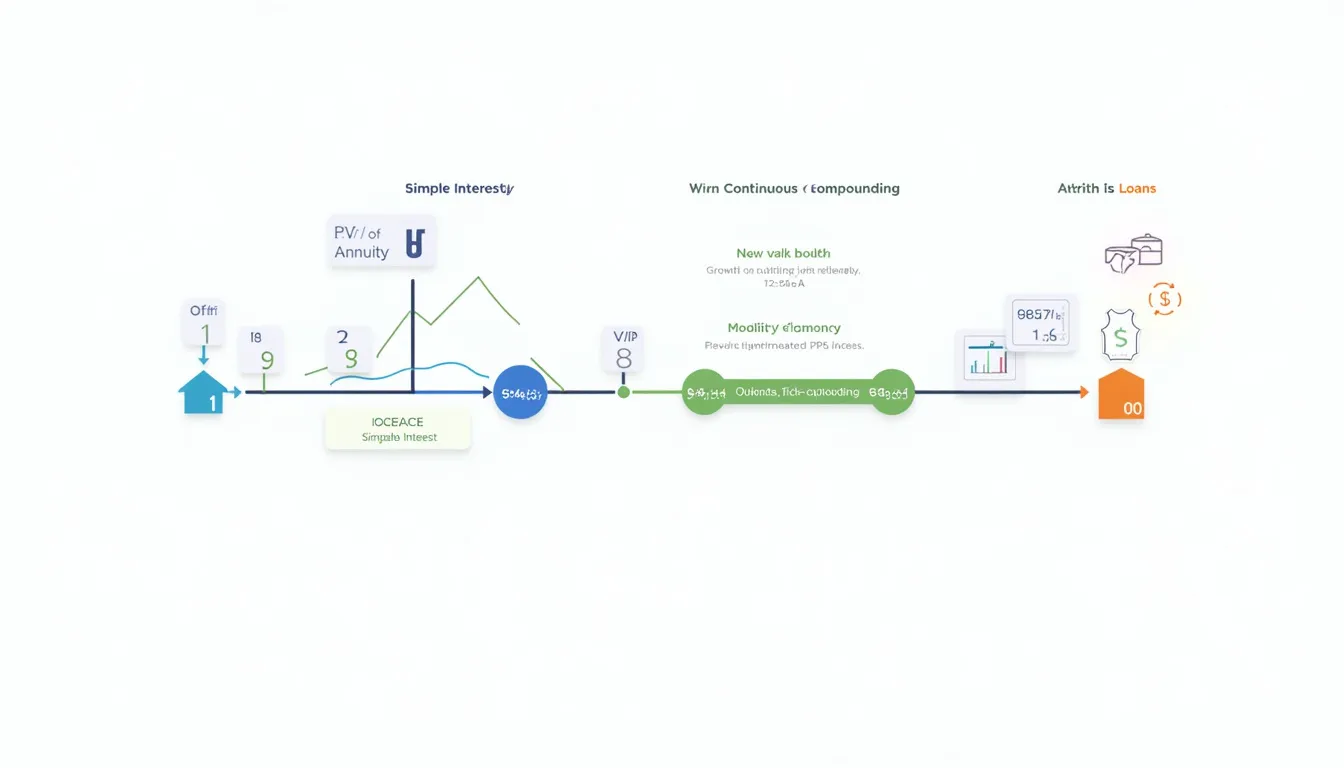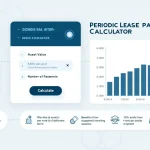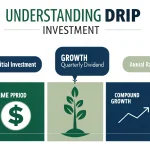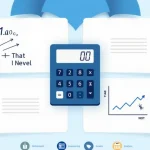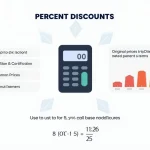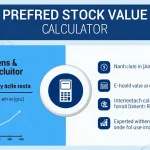Present Value of Annuity Calculator
Is this tool helpful?
How to use the tool
- Cash Flow: Type each equal payment you expect. Example A: $2,000 quarterly dividend; Example B: $750 monthly lease fee.
- Rate per Period (%): Enter the discount rate for the same period. Examples: 4 % per quarter, 0.5 % per month.
- Time (periods): State how many equal periods occur. Examples: 12 quarters, 48 months.
- Press “Calculate”—the tool shows today’s dollar value of that cash-flow stream.
Formula used by the JavaScript
The script applies the ordinary-annuity equation:
$$PV = C rac{1-(1+r)^{-n}}{r}$$- C = periodic cash flow
- r = rate per period (decimal)
- n = number of periods
Worked examples
Example 1 – Quarterly dividend
- C = $2,000
- r = 0.04
- n = 12
Example 2 – Monthly lease income
- C = $750
- r = 0.005
- n = 48
Quick-Facts
- The annuity formula assumes payments at period end—an “ordinary annuity” (CFA Institute, 2020).
- Present-value accuracy falls if cash flows are irregular (Graham & Smart, 2021, p. 182).
- Typical household discount rates range 3 %–10 % depending on study design (Federal Reserve Survey, 2023).
- Continuous compounding alternative: $$PV=C rac{1-e^{-rn}}{r}$$ (Hull, 2022, “Options, Futures…”).
FAQ
What does the calculator measure?
Your entry’s future payments are translated into today’s dollars, letting you compare against immediate costs or investments.
Why match rate and period units?
Using monthly cash flows with an annual rate understates PV because you divide by too little interest for each period (Investor.gov, 2022).
Can I model payments at period start?
Yes—multiply the output by (1+r) to convert from an ordinary to an annuity-due value (CFA Institute, 2020).
How does continuous compounding change the result?
It discounts with $$e^{-rn}$$, giving slightly lower PV for the same nominal rate because compounding is constant (Hull, 2022).
Is inflation included?
No—use a real rate (nominal − expected inflation) to reflect purchasing power (Bureau of Labor Statistics, 2023).
What payment frequencies are common?
Mortgages: monthly; corporate coupons: semi-annual; municipal pensions: annual (SIFMA Fact Book, 2023).
Does the tool cap period number?
The interface accepts any positive integer; browser limitations usually appear only above ~1 million iterations.
Is the calculation reversible for future value?
No—future-value needs compounding, but you can invert the formula: $$FV=PV(1+r)^{n}$$ and solve offline.
Important Disclaimer
The calculations, results, and content provided by our tools are not guaranteed to be accurate, complete, or reliable. Users are responsible for verifying and interpreting the results. Our content and tools may contain errors, biases, or inconsistencies. We reserve the right to save inputs and outputs from our tools for the purposes of error debugging, bias identification, and performance improvement. External companies providing AI models used in our tools may also save and process data in accordance with their own policies. By using our tools, you consent to this data collection and processing. We reserve the right to limit the usage of our tools based on current usability factors. By using our tools, you acknowledge that you have read, understood, and agreed to this disclaimer. You accept the inherent risks and limitations associated with the use of our tools and services.
